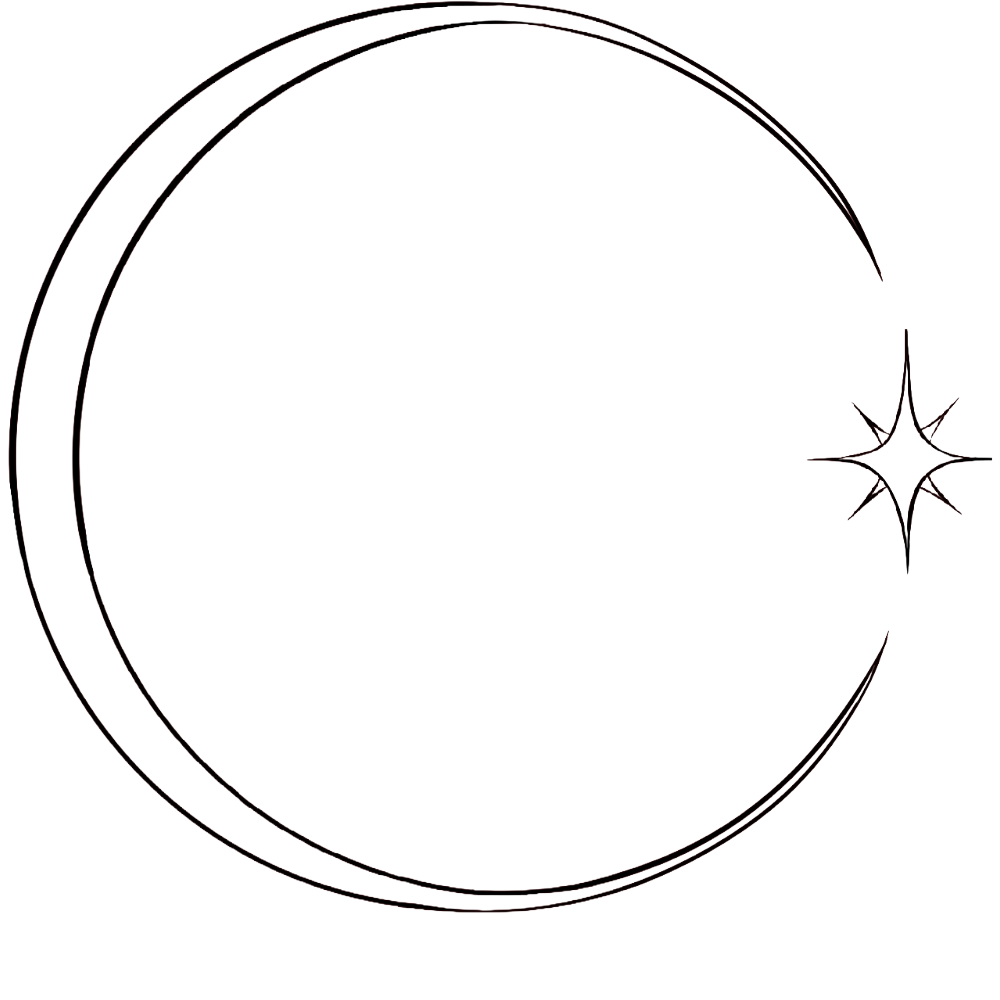Does Frequency Matter in Sound Healing?
Understanding the "Frequency First" Mindset and What Actually Promotes Spiritual Healing
In sound healing communities, there’s a widespread focus on specific frequencies: 432 Hz for harmony, 528 Hz for DNA repair, 136.1 Hz for grounding, and so on. These claims are everywhere—from YouTube videos to crystal bowl retailers. But an important question remains: Does frequency alone create healing? Or is there something deeper at work?
Let’s explore what really matters when it comes to frequency, and the limitations of the “frequency first” mindset.
Looking for Healing Outside of Ourselves
In college, one of my professors illustrated the human condition by dropping objects from his desk and saying, “We’re always trying to bring happiness into ourselves from the outside.” It was a powerful image: objects and experiences, while enjoyable, are temporary. And the same is true in spiritual practice. When we rely solely on external elements—tools, rituals, even sound frequencies—we risk missing the truth that peace, healing, and presence originate from within.
Sound is a beautiful tool. But when we treat it like a magic pill, we can lose the deeper opportunity to cultivate awareness, intention, and skillful attention, tools that create sustainable inner happiness.
The Problem with “Frequency Fixation”
There’s a popular trend in sound healing that centers on specific frequencies—believing that certain Hz values will automatically “fix” or heal parts of our energetic or emotional body. This is known as the “frequency first” mindset. While frequency can absolutely support healing, it is not the source of it.
When we rely solely on tuning forks, sound bowls, or gongs tuned to precise frequencies, we fall into the trap of materialism in spiritual work—seeking salvation through objects instead of awareness. This approach risks bypassing the actual inner practices that lead to transformation: attention, intention, and self-awareness.
Sound is a Tool — Not the Source
Sound is incredibly effective as a quickener, a catalyst that helps us access deeper meditative states, emotional release, or coherence. It’s been used for thousands of years by monks, shamans, and spiritual practitioners to support rituals and elevate consciousness.
But the true power of sound is how we use it. It’s not about the number on a frequency chart. It’s about whether that sound helps you come into stillness, awareness, and presence.
So rather than asking, “What frequency will heal me?” a more powerful question might be:
“What sounds genuinely feel good to me? What tones help me feel more at ease, grounded, or connected?”
Understanding Binaural Beats vs. Acoustic Beats
A common point of confusion in frequency-based healing is the use of binaural beats.
Binaural Beats
Binaural beats occur only when two different frequencies are played separately to each ear using headphones.
The brain interprets the difference as a third, internal beat (e.g., 200 Hz in one ear, 210 Hz in the other = 10 Hz perceived beat).
This effect happens within the brainstem, not in the air.
Binaural beats are often used to promote brainwave states like theta (deep meditation) or alpha (relaxed focus).
Important: If you’re not using headphones, you’re not experiencing binaural beats.
Acoustic (Monaural or Isochronic) Beats
These are created when two frequencies are mixed together outside the body, generating a real pulsation.
Acoustic beats work without headphones, making them perfect for group sound baths or speaker-based environments.
These beats can also entrain the brain, but through a different mechanism—physical wave interference that creates rhythmic pulsing.
So if you're leading a sound bath or playing bowls in a shared space, you’re not creating binaural beats. You're working with acoustic beating—which is still powerful, but it’s important to name it accurately.
The Power of Harmonics
One of the most reliable tools in sound healing is harmony. Harmonics are two or more tones played together in mathematically simple ratios (such as octaves or fifths). These relationships are naturally pleasing to the human nervous system and promote feelings of coherence, safety, and openness.
Harmonics aren’t about specific Hz values. They’re about relationships between tones, which is what the brain and body respond to most deeply.
Whether you're using bowls, flutes, or gongs, harmonic intervals can support meditative states and emotional well-being more effectively than obsessing over which exact frequency you're using.
So… Does Frequency Matter?
Yes, but not in the way you might think. The healing power of sound isn’t in hitting the “right” number—it’s in your relationship to the sound.
Sound supports your nervous system in becoming more regulated.
It helps anchor your awareness in the present.
It invites you to soften, open, and listen internally and externally.
True healing arises when we pair sound with presence, not when we outsource our healing to a frequency.
Explore Harmonics & Healing Tools
Looking for bowls, drums, or instruments that support deep presence and sonic clarity? We offer hand-selected, harmonically tuned sets designed to complement your meditation or healing practice. Whether you're working with a single crystal bowl or building a full set, we’re here to help you choose what actually feels right—not just what sounds trendy.
→ Book a free consultation or browse our curated harmonic tools today.
Let sound support your practice but let your presence lead the way.
